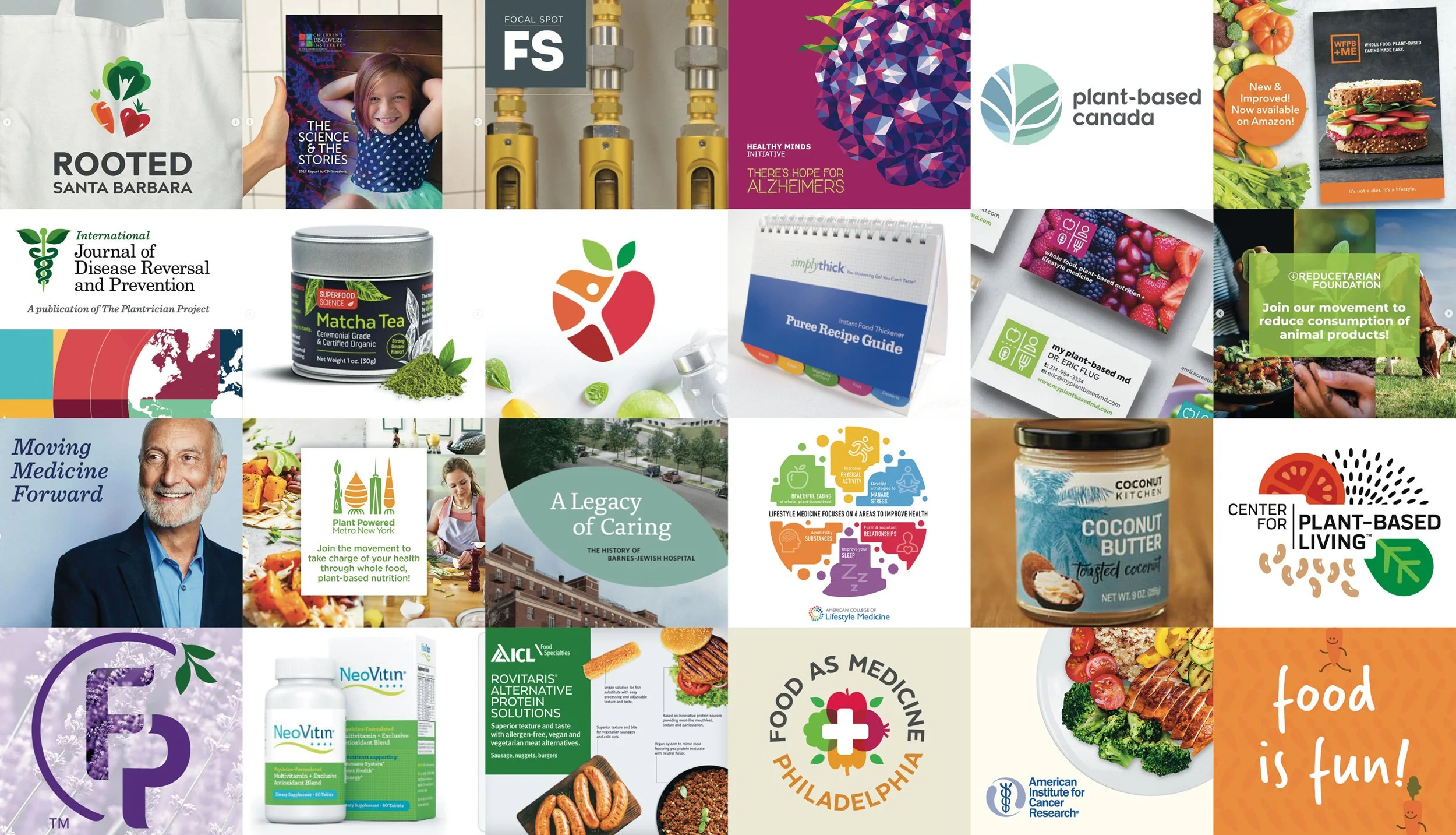Takeaways from 2022 IFT FIRST
After being virtual for the past two years, the IFT Expo returned! Everyone was especially hungry to hear about the latest innovations in food science at the recent 2022 IFT FIRST (Food Improved by Research, Science and Technology) Annual Event and Expo.
As always, the event was filled with booths highlighting every conceivable type of food ingredient, and representatives touting long lists of product benefits to potential formulators. Through all of the latest products and technologies, a few trends stood out:
1. Raising Environmental Awareness with Alternative (and Innovative) Proteins
Consumers now recognize that their food choices play a pivotal role in determining what the future of our planet looks like. And, they’re demanding foods that support a renewed emphasis on both planetary and personal health. With that, IFT FIRST showcased a focus on novel approaches to alternative proteins, which typically make better use of available resources. These include:
Cultured protein – Lab grown meat and fish offer promise that there will be enough food to adequately feed our growing global population, while reducing factory farming, protecting the beauty of our planet and preserving natural resources. While these techniques increase production efficiency, they can also spark controversy, including moral and ethical discussions about the creation process if the original cell(s) come from a donor animal. And, because of the complex scientific processes required to create a cultured protein, clean label claims may be eradicated.
It is anticipated that cultured protein sources will not only grow, they will also play a role in the future of the food industry. The key to their widespread acceptance is building trust and consumer support.
Algae-derived sources – Algae, whether in the form of hydrocolloids such as carrageenan and agar, or closer-to-the-source natural structures like spirulina, offers an impressive number of benefits in a food formulation. In addition to thickening and emulsification properties, algae offers a great source of protein. And, like cultured meats, it’s sustainable so it doesn’t require large amounts of land either. Notable first-time exhibitors included Back of the Yards Algae Sciences and Triton Algae Innovations.
Pulses continue to emerge as a highly nutritious and sustainable source of protein with clear health benefits. Plant-based ingredients such as chickpeas, fava beans, dry peas and lentils easily satisfy the consumer’s demand for clean label and offer a functionality that’s close to soy, but without the allergen concerns. Companies like InnovoPro were proud to highlight the solubility, neutral taste and flexibility of chickpea powders, concentrates and foams, while powerhouses like ICL showcased their unique and highly versatile ROVITARIS® Alternative Protein Solutions that closely mimics the texture and taste of traditional meat.
Photo Credit: Back of the Yards Algae Sciences (www.algaesciences.com)
Photo Credit: ICL Food, ROVITARIS® Alternative Protein Solutions (www.iclfood.com)
2. Upcycled Ingredients and an Environmental Focus
Along with the desire to develop new types of protein comes the drive to reduce waste. Stemming from an increased concern for the environment, the practice of “upcycling” repurposes ingredients (or ingredient by-products) to utilize every last bit of a commodity. It’s a true way to uncover value in what might otherwise be discarded as waste. St. Louis-based EverGrain Ingredients is a perfect example of a company that’s devoting their business model to such practices. Repurposing the leftover grain from production of Anheuser Busch beer, they’re making sure all elements are utilized. One of the biggest by-products is barley, which adds clean protein to a formulation. Apparo is also leading the upcycling charge by not only finding new ways to process a crop themselves but encouraging others to do the same. In addition to processing sunflower seeds for protein, their Total Crop Utilization™ Platform encourages others to creatively use previously ignored or discarded portions of a crop.
Photo Credit: EverGrain Ingredients, Circular Processes (www.evergrainingredients.com)
Photo Credit: Apparo, Total Crop Utilization™ (www.apparo.us)
3. A heightened consumer interest in Food as Medicine
In the past, emphasis has been placed on ingredients that help individuals make healthier choices. This includes ongoing trends like sugar reduction and clean-label formulation which have been consistent over recent years. And while those movements continue to thrive, consumer demand for functional ingredients has risen to the next level. More consumers are seeking food products that actively help them treat or manage a health condition. Like it or not, food and health are inter-connected, and Food as Medicine is the next iteration of the drive for healthy. This is very apparent with exhibitors offering claims about an ingredient’s impact on health conditions such as digestion, cognitive development, immunity, upper respiratory health, seasonal allergy support and more.
The growing number of exhibitors in this category underscores that this trend is one that promises to stick around for a long time to come.












